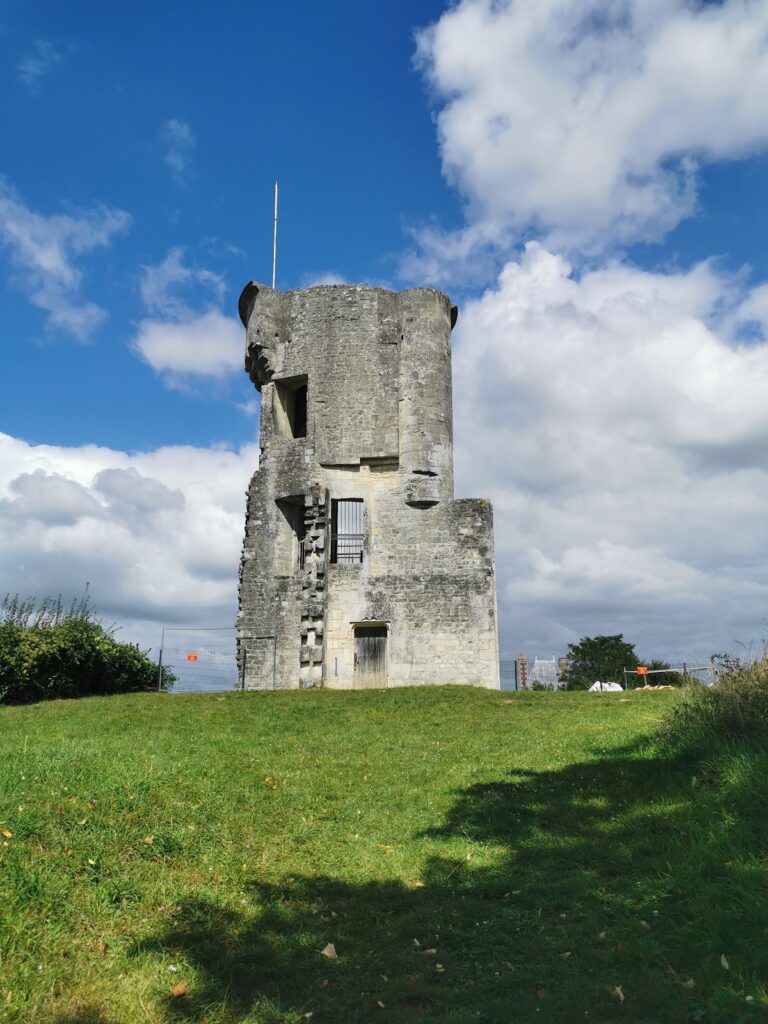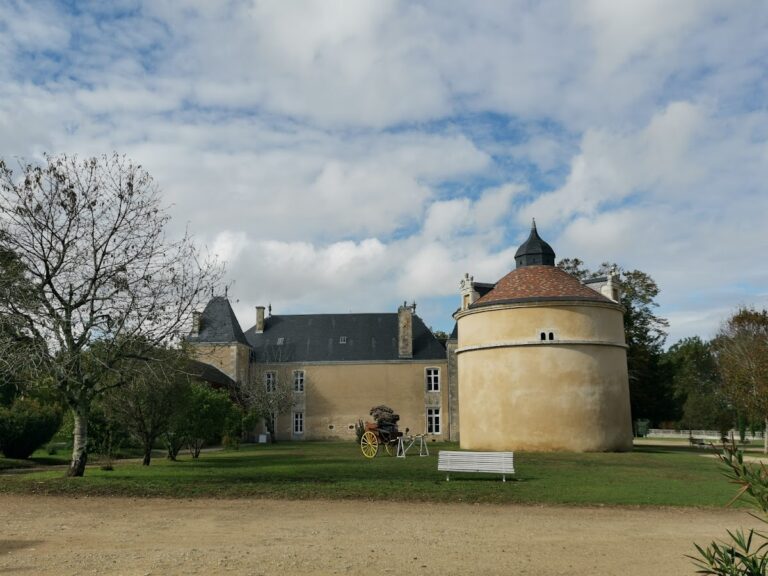Castle of Taillebourg: A Medieval Fortress and Noble Residence in France
Visitor Information
Google Rating: 4.2
Popularity: Low
Google Maps: View on Google Maps
Country: France
Civilization: Medieval European
Remains: Military
History
The Castle of Taillebourg is situated on a rocky promontory overlooking the village of Taillebourg in modern-day France. This medieval fortress was constructed by the local feudal powers of the region and played a role throughout the Middle Ages.
In the early 12th century, the castle gained prominence when it sheltered King Louis VII of France and Eleanor of Aquitaine on their wedding night in July 1137. This event marked the castle as a royal refuge during a period of dynastic alliances. Later, in 1179, the fortress became the focus of military action when Richard the Lionheart laid siege to it. At that time, the castle was held by Geoffrey de Rancon. The siege involved the use of trebuchets, a type of medieval catapult, and the deliberate burning of the surrounding fields to weaken the defenders. After the castle’s capture, Geoffrey de Rancon joined Richard on the Third Crusade, indicating the close ties between local lords and the Angevin kings.
The castle continued to serve as a strategic military base in the 13th century. Notably, King Louis IX, also known as Saint Louis, used Taillebourg as a staging ground before the Battle of Taillebourg in 1242, a conflict that reinforced royal authority in the region. By the 15th century, Taillebourg had evolved into a county with a well-documented history preserved in the archives of the La Trémoille family, who became prominent local nobility.
Following the turmoil of the Hundred Years’ War, the fortress was rebuilt after 1423 by Henri de Pluqualec. It then became the favored residence of the Coëtivy family. In 1501, Louise de Coëtivy brought the castle as part of her dowry to Charles de La Trémoille, linking the site to one of the most influential noble families in Saintonge. Throughout the 15th and 16th centuries, the castle endured multiple sieges during both the Hundred Years’ War and the later Wars of Religion, reflecting its ongoing military importance.
The mid-17th century brought further conflict when the castle was taken and destroyed during the Fronde, a series of civil wars in France, in 1652. After this destruction, major reconstruction efforts began in 1714 under Frédéric-Guillaume de La Trémoille, Duke of Talmont. This rebuilding transformed the fortress into a grand residence, reflecting changing tastes and the decline of purely military functions.
During the French Revolution, the castle was sold as national property, leading to a period of neglect. In 1822, a fire caused significant damage to the structure. Today, the site is recognized for its historical value, with its fortifications classified as historic monuments in 1995 and the castle remains registered since 1991.
Remains
The Castle of Taillebourg occupies a commanding position on a rocky outcrop, with its layout reflecting centuries of adaptation from a medieval fortress to an 18th-century noble residence. The original stronghold included defensive walls, moats, and bridges designed to protect the site from attack. These fortifications, dating back to the medieval period, remain partially preserved and have been officially classified for their historical significance.
Among the surviving medieval elements is a tower from the 15th century, which stands as a testament to the castle’s defensive past. Alongside this tower, terraces and cellars from the same period have endured, offering insight into the castle’s functional spaces. The retaining walls, constructed to stabilize the rocky terrain, continue to define the castle’s footprint.
The 18th-century reconstruction introduced a large U-shaped main building featuring two pavilions with slate mansard roofs, a style typical of French architecture in that era. While much of this structure remains, two wings of the outbuildings have been converted into private homes, showing the site’s adaptation over time.
A notable artifact from the 18th century is the castle bell, crafted in 1732 by Louis Brossard. This bell was donated by Frédéric-Guillaume de La Trémoille and his wife Anne de Bouillon. After the Revolution, it was moved to the church of Messac and bears an inscription dedicating it to the castle’s clock, linking it to the daily life of the château.
The castle grounds have been transformed into a public garden that preserves elements of the 18th-century design. This garden includes battlements and underground rooms that remain visible, providing a glimpse into the castle’s layered history. The garden’s layout was created in 1714 by the gardener Le Nôtre for the Duke of La Trémoille and features a linden tree-lined avenue leading to a terrace planted with boxwood, reflecting the formal French garden style.
Nearby, the banks of the Charente River are planted with poplars, willows, and alders, complementing the natural setting of the castle. The meadows in the vicinity preserve traces of the Roman-era Saint-James causeway, indicating the long-standing importance of this location as a crossing point and settlement area.





